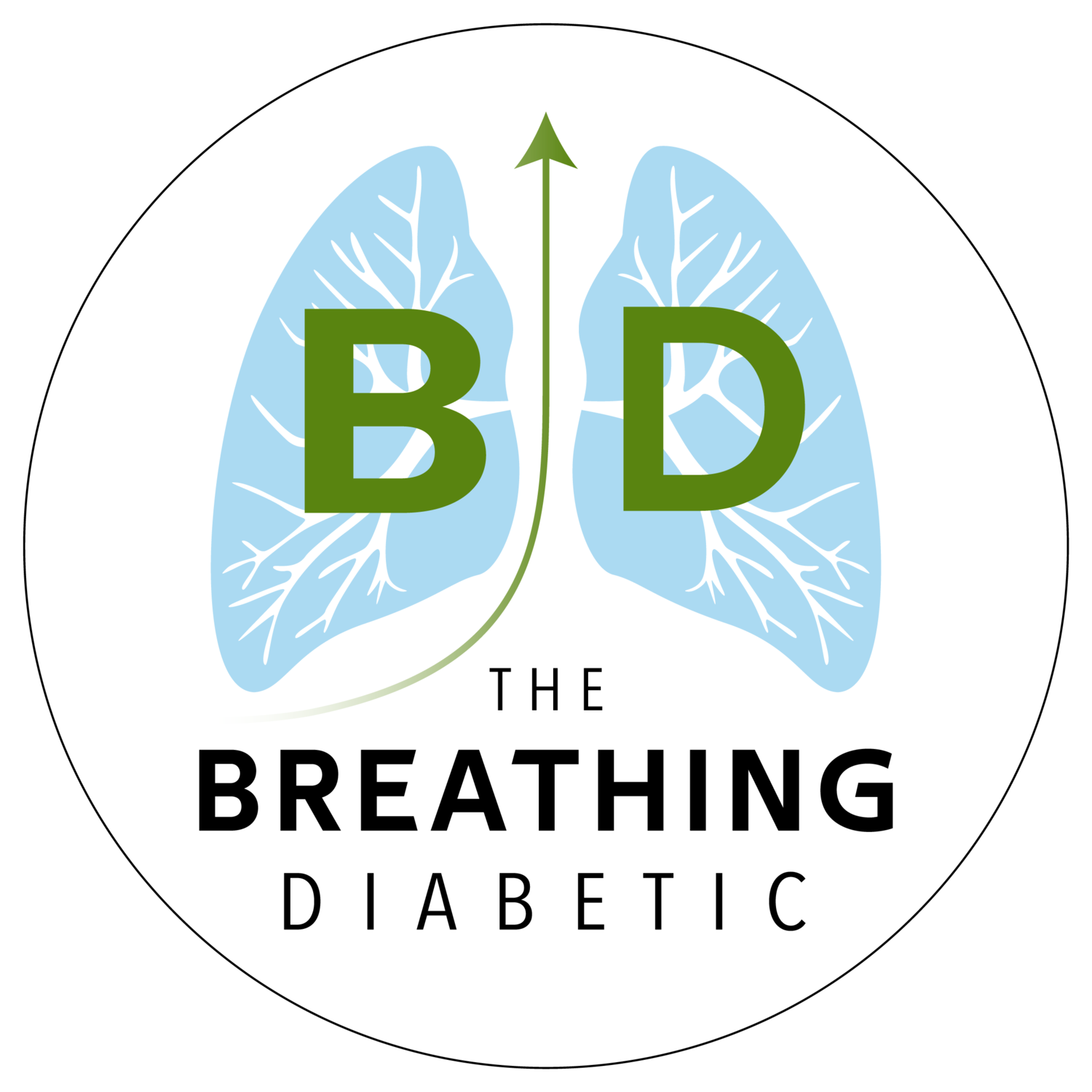Listen Instead of Reading
If you enjoy listening, you can subscribe to the audio version on Spotify, Apple Podcasts, and Audible so you don’t even have to look at the email 😊
If You Have Diabetes…
Would you mind taking a quick survey? I try to avoid stuff like this, but it will genuinely help me with a project I’m a part of. Thank you!
4 Thoughts
1. The Perfect Word for How You Feel from a Breathing Practice
“Equanimity is neither apathy nor indifference: you are warmly engaged with the world but not troubled by it. Through its nonreactivity, it creates a great space for compassion, loving kindness, and joy at the good fortune of others.”
- Rick Hanson, Ph.D., Buddha’s Brain
Equanimity. That’s the perfect word to describe what you get from a breathing practice. It’s what you feel immediately after a session, and it’s a state that gradually becomes a bigger part of who you are.
So here’s to experiencing a little more of it, today.
***
P.S. Of course, I’m nowhere near a permanent state of equanimity (just ask my wife 😂), but it has certainly become more a part of me than it was before.
2. Breathing Got the Best Feedback (+ Dr. Weil’s 8 Breath Protocol)
“Over the years, I would say that of all the techniques that I recommended to people for improving health, the single technique that I get most feedback about in a positive way is the breathwork that I'm going to teach you in this program.”
- Andrew Weil, MD, Breathing: The Master Key to Self Healing
That’s an insanely powerful statement when you consider how many people Dr. Weil has helped and all the tools he has at his disposal.
And here were three exercises he taught in the program that stood out the most:
Breath Awareness: “The very simplest form of breathwork is doing nothing other than paying attention to your breath.”
The Relaxing Breath: This is the infamous 4-7-8 breath. Watch a video demonstration here.
The Stimulating Breath: This is the bellows breath. Watch a video demonstration here.
As a bare minimum, Dr. Weil recommends four rounds of the 4-7-8 breath twice daily. That’s 8 breaths. It doesn’t get any simpler than that, folks. 👏
3. One of the Most Helpful Non-breathing Things I Learned in PTT
Close your eyes and rub your palms together vigorously for a few seconds to create heat. Then, place them over your eyes.
Do it anytime, but especially at the end of a breathing practice. It’s amazing.
***
P.S. This wasn’t really part of the pranayama teacher training (PTT), just a side note that I found unbelievably helpful. If you’re interested in pranayama, I wholeheartedly recommend Eddie and Robert’s training.
4. My Twice-Yearly Rant (with helpful tools, at least)
I’m pretty laidback 99% of the time (equanimity for the win). But nothing frustrates me more than the time change—even the good one, like yesterday.
But instead of ranting like I normally do on how awful the whole idea is, let’s focus on something we can do to support our sleep: yoga nidra.
Here are a few tracks you might find helpful for better sleep or midday resets:
1 Quote
“Since earliest history, virtually every major psychospiritual system seeking to comprehend human nature has viewed breath as a crucial link between the material world, the human body, the psyche, and the spirit.”
1 Answer
Category: The Airways
Answer: This portion of the upper airways is part of both the digestive and respiratory systems because it carries both food and air.
…
(Cue the Jeopardy! music.)
…
Question: What is the pharynx?
In good breath,
Nick Heath, T1D, PhD
“Breathing is the compound interest of health & wellness.”
Breathing for Diabetes Online Course ($99):
If you love learning about breathing, want to live a healthier life, or just want to support my work, I think you’ll really enjoy this class (diabetes or not).
* An asterisk by a quote indicates that I listened to this book on Audible. Therefore, the quotation might not be correct, but is my best attempt at reproducing the punctuation based on the narrator’s pace, tone, and pauses.
Sign Up For The Breathing 411
Each Monday, I curate and synthesize information from scientific journals, books, articles, and podcasts to share 4 thoughts, 1 quote, and 1 answer (like "Jeopardy!") related to breathing. It’s a fun way to learn something new each week.

